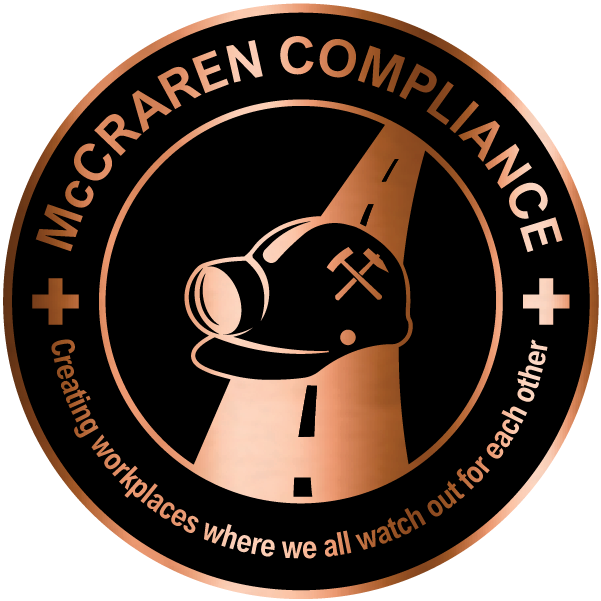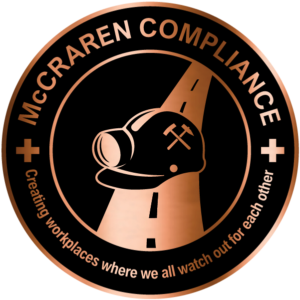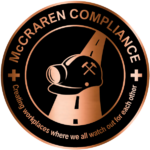
Washington — Enhancing the visibility of roadside service vehicles – especially at night – is best achieved with two to four lights in specific colors and flash patterns, results of a recent research review show.
To determine key outcomes, the AAA Foundation for Traffic Safety reviewed 30 academic articles on roadside assistance vehicle lighting and examined relevant laws and administrative rules that guide the selection of warning lights for these vehicles in all 50 states, the District of Columbia and Puerto Rico.
For roadside assistance vehicles, which must operate in various roadway and weather conditions, displays of two to four lights best alert drivers to their presence. More than four lights can cause an increase of discomfort glare.
Lights mounted higher on a vehicle (above driver eye level) may improve the visibility for drivers, while green- and amber-colored lights were most visible from a distance. However, those colors also created more glare.
Other findings:
- Yellow/amber lights are most strongly associated with roadside assistance vehicles.
- Faster flash rates of roadside vehicle lights – from 1-4 hertz per second – are recommended.
- Alternating left/right flash patterns appear to be detected better than simultaneous flashing of two or more lights.
The foundation notes that U.S. state laws and regulations related to roadside service vehicles warning lights are “remarkably inconsistent,” and that more research is needed on the effects of shapes and sizes of warning lights.
McCraren Compliance offers many opportunities in safety training to help circumvent accidents. Please take a moment to visit our calendar of classes to see what we can do to help your safety measures from training to consulting.
Original article published by Safety+Health an NSC publication


